Music, a universal language, resonates through generations, cultures, and personal experiences. But what elevates a song from a fleeting hit to a timeless classic, a contender for the title of the “Most Popular Song Of All Time”? While subjective tastes and evolving trends make definitively crowning a single song impossible, exploring lists like Rolling Stone’s 500 Greatest Songs of All Time offers valuable insights into the elements that contribute to enduring popularity and cultural impact.
Rolling Stone, a respected voice in music journalism, has consistently revisited and refined its list of the 500 Greatest Songs, acknowledging the dynamic nature of music history. Their latest update, as mentioned in their editor’s note, incorporates recent classics alongside decades of iconic tracks, reflecting a broader and more inclusive vision of popular music. This ongoing process of re-evaluation highlights the key question: how do we measure the “greatness” and, by extension, the enduring “popularity” of a song?
 harry styles as it was
harry styles as it was
Image: Harry Styles’ “As It Was” music video still, illustrating modern pop song appeal.
“Popularity” in music can be interpreted in various ways. Is it based on chart performance, sales figures, radio airplay, or cultural ubiquity? A song topping global charts in a given year, like Harry Styles’ “As It Was,” undoubtedly achieves immense popularity in its time. Its presence on Rolling Stone’s updated list speaks to its critical acclaim and impact, blending a relatable narrative of relationship struggles with catchy synth-pop elements. The playful opening and sing-song bridge contribute to its broad appeal, making it resonate with a contemporary audience. However, does this immediate, widespread popularity guarantee longevity and a place in the eternal “most popular” conversation?
Consider a different kind of popularity, the kind that builds over time, transcending generations. Townes Van Zandt’s “Pancho and Lefty,” while perhaps not a chart-topping sensation upon its initial release, has achieved a different kind of fame.
 late great townes van zandt
late great townes van zandt
Image: Townes Van Zandt portrait, representing enduring influence in folk and country music.
Its inclusion on Rolling Stone’s list, alongside its country hit rendition by Willie Nelson and Merle Haggard, underscores its lasting appeal. The song’s power lies in its storytelling, a vivid narrative of betrayal and doomed fates, conveyed through poignant lyrics and Van Zandt’s own forlorn delivery. This type of popularity is rooted in songwriting craftsmanship and emotional depth, attracting listeners across decades who connect with its timeless themes.
Another facet of musical popularity emerges from cultural moments and movements. Lizzo’s “Truth Hurts,” initially released in 2017 but gaining mainstream traction years later, exemplifies this.
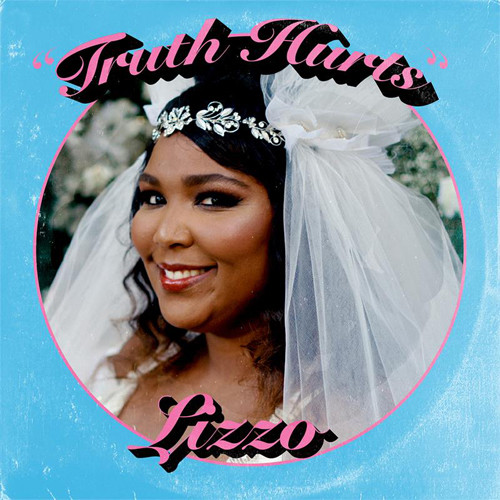
Image: Lizzo performing “Truth Hurts”, symbolizing empowerment and body positivity in pop music.
Its resurgence in 2019, propelled by its feature in the Netflix show Someone Great, showcases how cultural moments can amplify a song’s popularity. Lizzo’s empowering message of self-love and confidence, wrapped in an infectious and soulful package, resonated powerfully, particularly with a female audience. “Truth Hurts” became more than just a song; it became an anthem, illustrating how a song’s message and cultural relevance can drive its popularity.
Technical innovation and emotional resonance also play a crucial role. Harry Nilsson’s “Without You,” a cover of a Badfinger ballad, achieved chart-topping success due to its powerful vocal performance and orchestral arrangement.
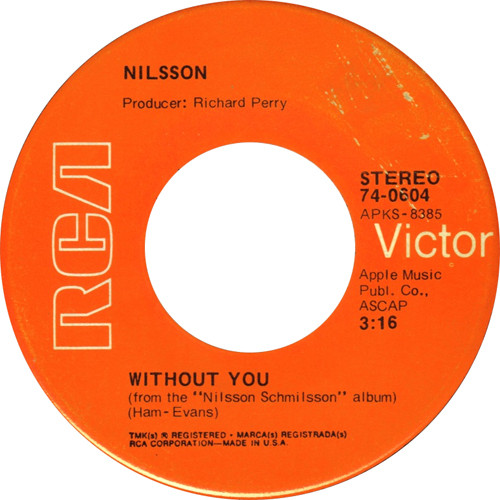
Image: Harry Nilsson singing “Without You”, highlighting vocal performance as a key element of song popularity.
Nilsson’s desperate and emotive vocal delivery, amplified by producer Richard Perry’s string arrangement, transformed a near-despondent ballad into a Grammy-nominated hit. This example highlights how technical execution and emotional depth can contribute to a song’s widespread appeal, even when reinterpreting existing material.
Carly Simon’s “You’re So Vain” embodies a different kind of popular appeal – intrigue and timeless mystery.
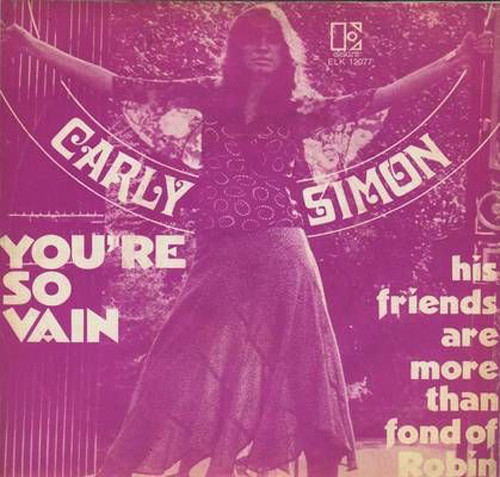
Image: Carly Simon performing “You’re So Vain”, representing lyrical intrigue and cultural mystery in popular songs.
The enduring mystery surrounding the subject of the song, combined with its sophisticated soft-rock arrangement, has kept it in the cultural consciousness for decades. The speculation and debate about who inspired the lyrics have only amplified its popularity, demonstrating how lyrical intrigue and cultural mystery can contribute to a song’s lasting impact.
Cyndi Lauper’s “Time After Time” showcases the power of emotional vulnerability and relatable themes in achieving broad popularity.
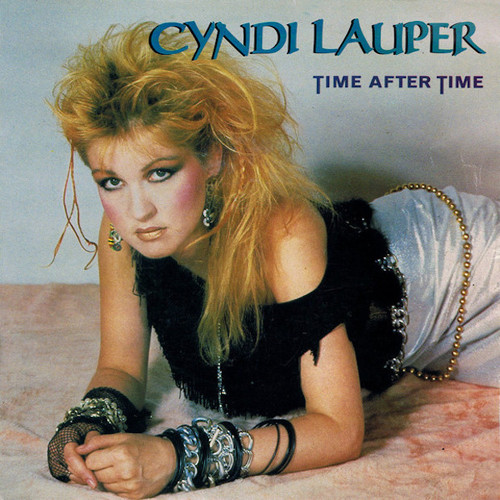
Image: Cyndi Lauper in the “Time After Time” music video, embodying emotional vulnerability in pop ballads.
Lauper’s initial nervousness about releasing a ballad first highlights the potential risk in showcasing vulnerability. However, “Time After Time,” with its aching melody and relatable lyrics about love and longing, resonated deeply with audiences, becoming her first Number One hit. Its enduring popularity speaks to the universal appeal of heartfelt ballads and authentic emotional expression in music.
The Pixies’ “Where Is My Mind?” illustrates how unconventional sounds and unexpected placements can contribute to a song’s unique popularity.
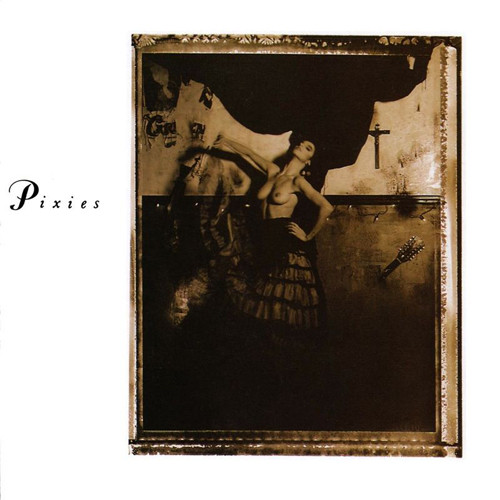
Image: The Pixies performing live, representing alternative and indie rock influence on popular music.
Initially an alternative rock track, its iconic status was cemented by its inclusion in the film Fight Club a decade after its release. Joey Santiago’s catchy guitar riff and the song’s overall atmosphere of dreamy introspection contributed to its widespread appeal, demonstrating how film and media can significantly amplify a song’s popularity and introduce it to new audiences.
Kanye West’s “Stronger” exemplifies how sampling and innovation can create a stadium anthem with massive popularity.

Image: Kanye West performing “Stronger”, showcasing sampling and innovation in popular hip-hop.
Sampling Daft Punk’s “Harder, Better, Faster, Stronger,” West transformed the electronic track into a hip-hop anthem with stadium-rocking energy. His ability to blend genres and create grandiose musical statements contributed to “Stronger’s” widespread popularity and its place in music history.
Miles Davis’ “So What” demonstrates how innovation and genre-bending can create a song that achieves timeless popularity, even within a niche genre like jazz.
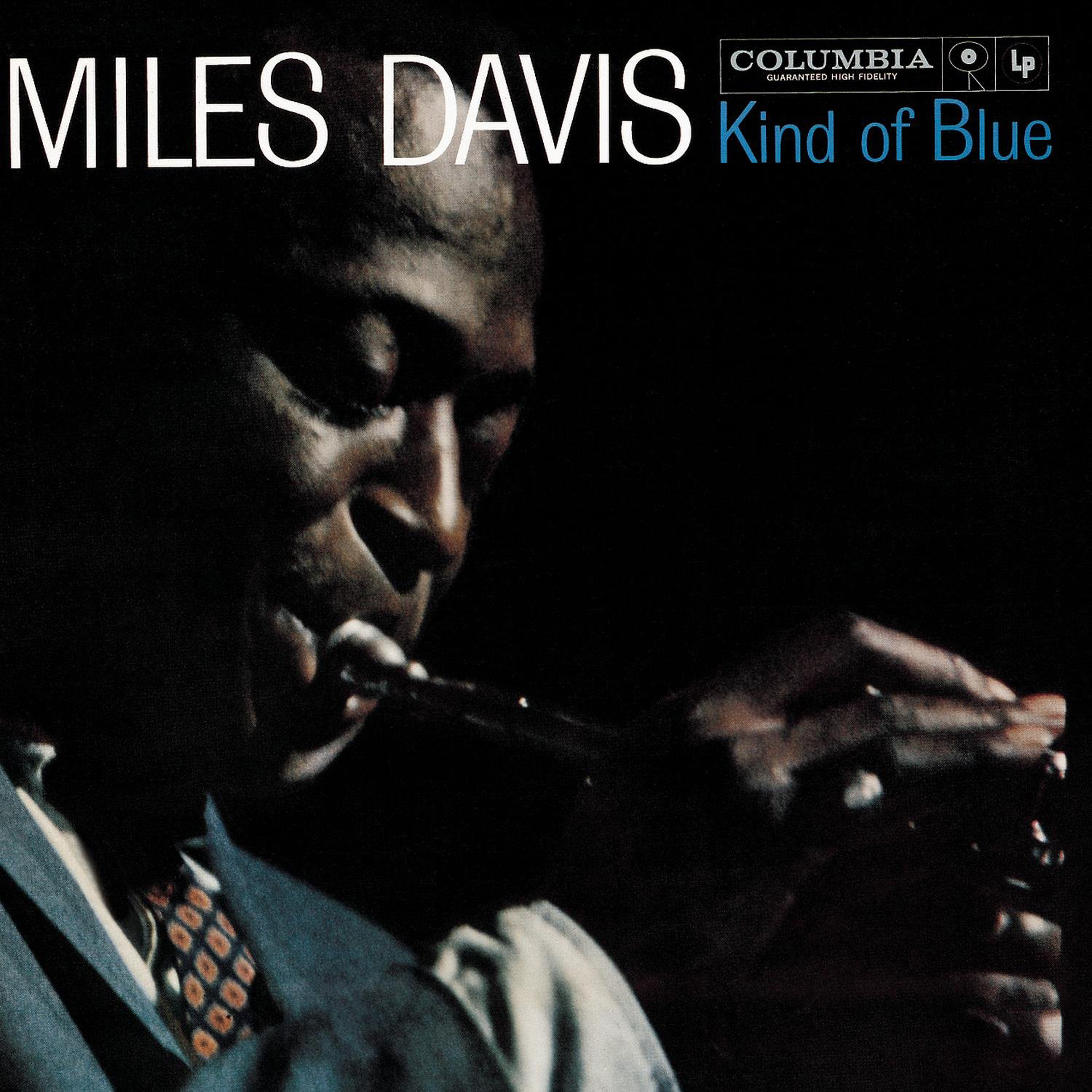
Image: Miles Davis playing trumpet, representing jazz innovation and timeless musicality.
“So What,” from the seminal album Kind of Blue, revolutionized jazz with its modal style, moving away from traditional bebop chord changes. Its welcoming and sophisticated sound has made it a dinner party staple and a jazz standard, illustrating how innovation and enduring musicality can contribute to a song’s lasting popularity within and beyond its genre.
Bad Bunny’s “Titi Me Pregunto” showcases the global reach and genre-bending creativity that defines modern musical popularity.
 Bad Bunny,
Bad Bunny,
Image: Bad Bunny performing “Titi Me Pregunto”, illustrating global pop appeal and genre fusion.
Blending dembow beats, bachata samples, and Latin psychedelia, Bad Bunny crafted a global hit that transcends language barriers. Its playful humor and unexpected shifts in mood, combined with its infectious rhythm, demonstrate how genre fusion and cultural relevance contribute to contemporary song popularity on a global scale.
Lil Nas X’s “Old Town Road” is a prime example of viral popularity and cross-genre appeal in the digital age.

Image: Lil Nas X in “Old Town Road” music video, symbolizing viral success and genre-bending in modern music.
Emerging from online platforms and blending country and hip-hop elements, “Old Town Road” became the longest-running Number One song of all time. Its viral nature and cross-cultural appeal demonstrate how digital platforms and genre-bending innovation can propel a song to unprecedented levels of popularity in the 21st century.
Ultimately, the “most popular song of all time” remains an elusive title. However, by examining songs recognized for their greatness and enduring appeal, like those featured on Rolling Stone’s list, we can appreciate the diverse factors that contribute to musical popularity. From chart-topping hits to cultural anthems, from innovative sounds to timeless storytelling, the songs that resonate most deeply and last the longest often possess a unique combination of musicality, emotional depth, cultural relevance, and a touch of magic that defies simple definition. Lists like Rolling Stone’s provide a valuable starting point for exploring this fascinating question and celebrating the songs that have shaped our musical landscape.


